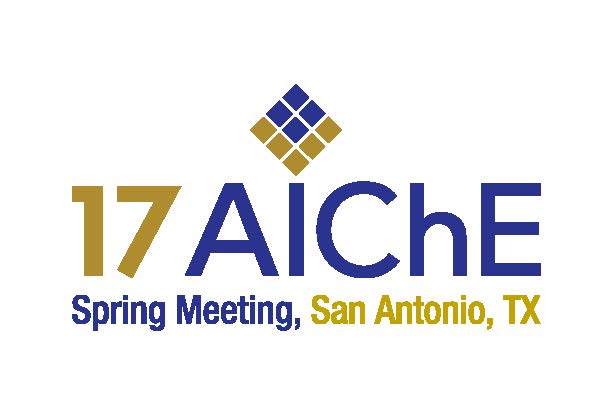

ABSTRACT
“Flare Emissions Regulatory Update”
by Kevin Leary, John Zink Hamworthy Combustion
Several new regulations have been recently published by the US EPA that will have significant effects on the design and operation of industrial flares. This paper will provide a brief summary of the new requirements that will impact the design and operation of flare systems typically used in the petrochemical industry.
Proper control of assist steam, assist air and enrichment fuel gas is required to ensure smokeless flaring of hydrocarbons with good combustion efficiency. Historically the EPA requirements to comply with EPA air emissions standards were focused on designing for a maximum exit velocity based on the net heating value of the gas stream and controlling the steam or air assist medium to prevent smoke formation. Testing has shown that improper control of the steam or air assist rates can cause emissions outside the EPA standards for flares. Based on this testing the EPA has issued revision of the standards required for flare operation.
In December 2015 the EPA published a final rule entitled “Petroleum Refinery Sector Risk and Technology Review and New Source Performance Standards” under 40CFR Parts 60 and 63. This standard adopted several new requirements for the operation of flares for petroleum refineries. These new performance standards add significant changes to the monitoring and control of refinery flares that is required to ensure compliance with applicable emissions standards. Although this ruling only currently applies to petroleum refineries, many within the petrochemical industry believe that similar requirements will be implemented in their sector in the near future. This paper will summarize the new measurement and control devices required to properly operate a flare system to meet these new standards.
In addition, Multi-Point Ground Flares (MPGFs) have been used for many years as an effective flare design to minimize the impact of flaring and to allow design for very high smokeless capacities that are not feasible with conventional elevated flares. The EPA requirements for flare design contained in 40CFR60.18 and 40CFR 63.11 are focused on steam assisted, air assisted and non-assisted flares. These requirements do not allow for the use of high pressure MPGF’s as a method to comply with EPA air emissions standards since these flares operate at much higher exit velocity than is allowed in these regulations. However, recent testing has shown that these flares can provide high destruction efficiency and very large smokeless capacity.
In order to facilitate use of this technology, in August 2105 the EPA published a notice entitled “Notice of Final Approval for the Operation of Pressure-Assisted Multi-Point Ground Flares at The Dow Chemical Company and ExxonMobil Chemical Company and Notice of Receipt of Approval Request for the Operation of a Pressure-Assisted Multi-Point Ground Flare at Occidental Chemical Corporation”. In this notice the EPA announced approval of an AMEL (Alternate Means of Emissions Limitation) for the operation of MPGF’s at several US sites. In this same notice the EPA published a proposed framework for a streamlined approval process for future AMEL’s using MPGF technology in new flare systems. Several operators in the petrochemical industry are proposing using similar MPGF for their new sources. This paper will discuss the benefits of using MPGF’s in new petrochemical facilities and summarize the requirements of this EPA proposed streamlined approval process of AMEL’s to use this flare technology.
Presenter(s)
Language
Pricing
Individuals
| AIChE Member Credits | 0.5 |
| AIChE Pro Members | $19.00 |
| Fuels and Petrochemicals Division Members | Free |
| AIChE Graduate Student Members | Free |
| AIChE Undergraduate Student Members | Free |
| AIChE Explorer Members | $29.00 |
| Non-Members | $29.00 |
